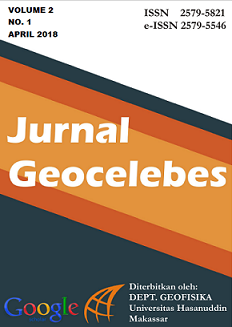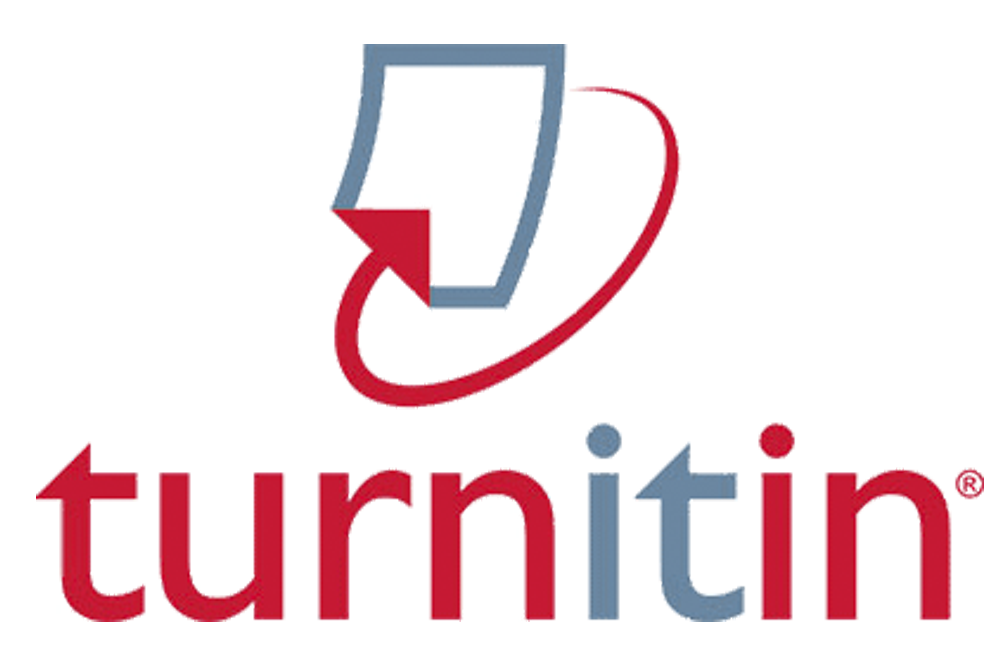Analisis Daya Dukung Tanah pada Perencanaan Sarana dan Prasarana Umum
DOI:
https://doi.org/10.20956/geocelebes.v2i1.3993Abstract
Abstrak
Telah dilakukan penelitian daya dukung tanah pasa perencanaan sarana dan prasana umum, metode yang digunakan dalam penelitian adalah DCP dan CBR. Adapun hasilnya sebagai berikut ; Lokasi sampel DCP 1 dan DCP 2 mempunyai nilai qc berkisar antara 20 -24 kg/cm2, Mv berkisar 0,025 - 0,056 cm2/kgdanα sebesar 1,5 hingga 4 serta nilai CBR masing-masing sampel lebih besar dari 2%. Nilai-nilai parameter ini. memperlihatkan sifat fisis dari sampel DCP 1 dan DCP 2 adalah low plasticity loam.
Kata kunci: DCP, BCR, Plastisitas Rendah
Abstract
The research has been carried out to investigate the carrying capacity of plan of public facilities and infrastructure, the method used in the research is DCP and CBR. The results are as follows; The sample locations of DCP 1 and DCP 2 have qc values ranging between 20-24 kg / cm2, Mv ranges from 0.025 - 0.056 cm2 / kg and α of 1.5 to 4 and the CBR value of each sample is greater than 2%. The values of these parameters. Shows the physical properties of the DCP 1 and DCP 2 sample is the low plasticity loam.
Keywords: DCP, BCR, Low plasticity
Downloads
Published
How to Cite
Issue
Section
License
Authors who publish with this journal agree to the following terms:
- Authors retain copyright and grant the journal right of first publication with the work simultaneously licensed under a Creative Commons Attribution License that allows others to share the work with an acknowledgement of the work's authorship and initial publication in this journal.
- Authors are able to enter into separate, additional contractual arrangements for the non-exclusive distribution of the journal's published version of the work (e.g., post it to an institutional repository or publish it in a book), with an acknowledgement of its initial publication in this journal.
- Authors are permitted and encouraged to post their work online (e.g., in institutional repositories or on their website) prior to and during the submission process, as it can lead to productive exchanges, as well as earlier and greater citation of published work (See The Effect of Open Access).





